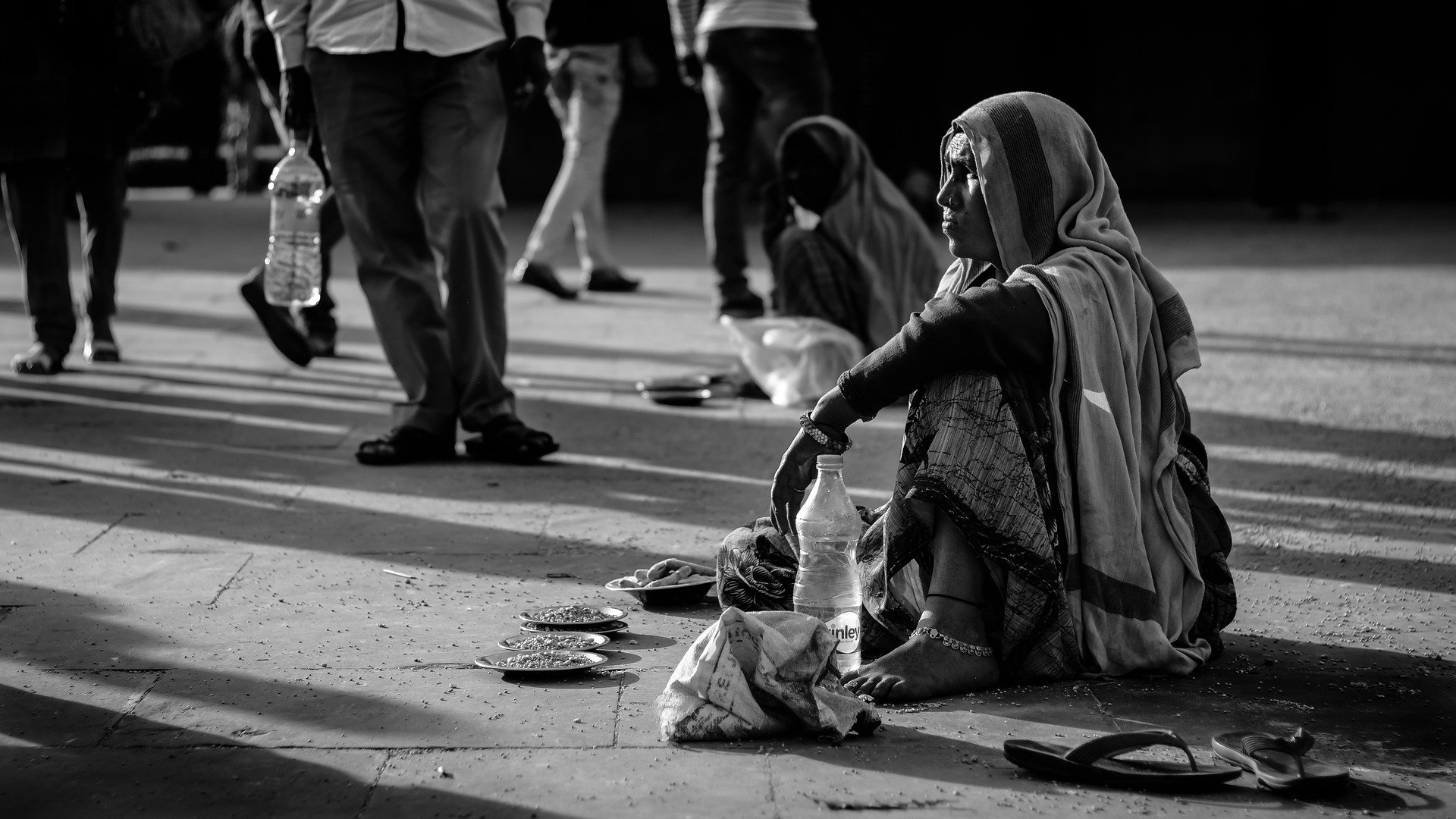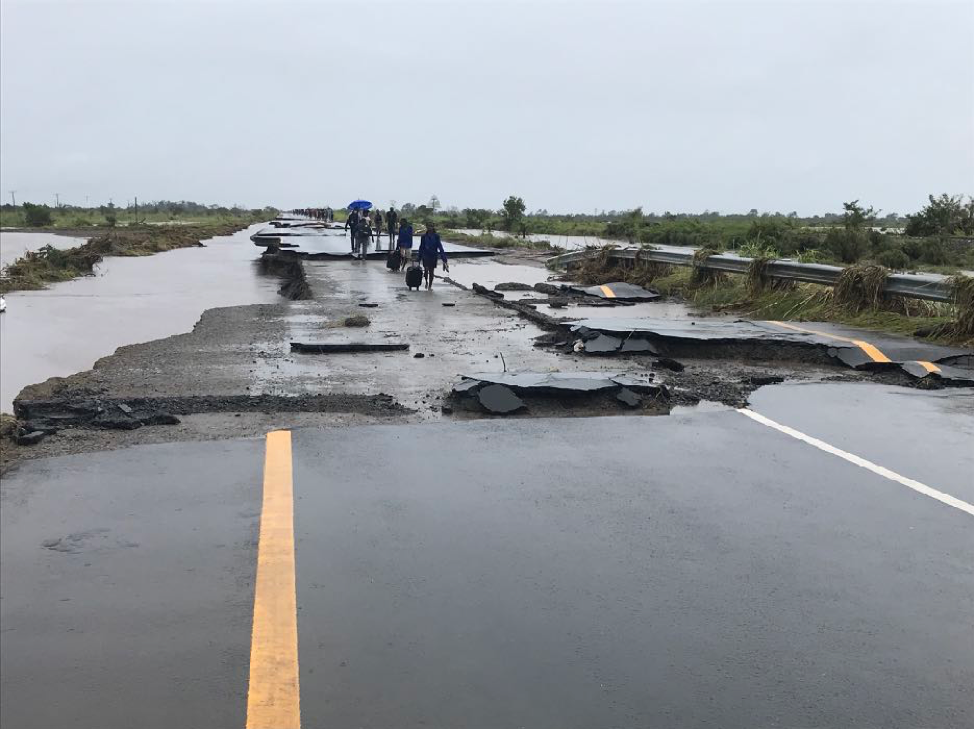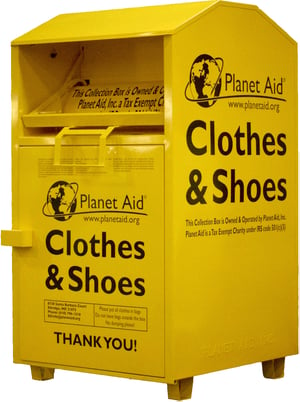Does a Changing Climate Mean More Poverty?
Climate Change and the Environment
From rapidly melting ice caps to frequent hurricanes, the impacts of climate change can be seen in the environment all over the world. And by this point, there are numerous studies that tell us what will happen to the environment if global temperatures keep rising.
Just last October, the Intergovernmental Panel on Climate Change (IPCC), published a special report on the current climate change crisis. It said that if the world continues its current actions, global temperatures will definitely reach 1.5 degrees Celsius above pre-industrial levels, a very dangerous point. The IPCC warns that the world needs to aggressively phase out fossil fuel emissions by mid-century to avoid catastrophic planetary changes. The report also states that small islands and major coastal metropoles, like New York City and Mumbai, risk disastrous flooding.
Climate Change and People
While we're all concerned about losing beautiful landscapes, what about the impact of a warming climate on people?
The United Nations published a report in June detailing how climate change is affecting (read: hurting) impoverished areas. According to the report, since 2000, people in poor and developing countries have died from natural disasters at rates 7 times higher than in wealthier countries. The report stated that without immediate intervention, climate change—which exacerbates food scarcity and health threats—has the potential to force 120 million people into poverty by 2030.
The Inequality of Climate Change

The United Nations report says that developing countries will bear 75 to 80 percent of the financial costs related to climate change. Why? Because those in poverty tend to live in areas that are more susceptible to climate change; where housing is generally less resistant to environmental impacts, where there is a lack of available resources, and where individuals receive minimal support from social and financial safety nets.
Climate change is expected to increase the number of deaths due to malnutrition, malaria, diarrhea, and heat stress by 250,000 per year between 2030 and 2050. Climate change elevates the impact of these treatable health disorders that already push 100 million people into poverty every year.
Even though impoverished communities will be the most harmed by climate change, they have contributed the least to global warming emissions. The poorest half of the world's population is responsible for just 10 percent of carbon emissions; while the richest 10 percent are responsible for a full half.
The Impact of Climate Change in Mozambique

The real-life impact of climate change on the impoverished can be seen in the country of Mozambique. Two cyclones hit the country within one month of each other: Idai on March 14 and Kenneth on April 25. According to Humanitarian Response, cyclone Idai left nearly 2 million people in need.
Over 200 organizations and 1,000 aid workers have joined the response to help the people affected by Idai. However, the response effort is severely underfunded, with only 35 percent of the required funding received. The response effort related to the aftermath of cyclone Kenneth is severely underfunded as well, with only 10 percent of the required funding received.
ADPP Mozambique, a Planet Aid's project partner, has been working with organizations in Mozambique to assist victims of cyclone Idai. One of ADPP's teacher training colleges was severely damaged during Idai with many in fear for their lives.
What Can You Do?
Planet Aid has been working for over 20 years to reduce textile waste, thereby saving landfill space, water, taxpayer funds, and reducing the amount of CO2 released into the atmosphere. We also help fund development projects in Africa, Asia, and the Americas, many of which focus on training communities to be conscious and resilient to climate change.
You can help us and those around the globe by donating your unwanted textiles in one of our large yellow bins.
